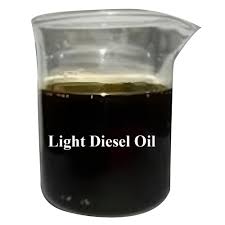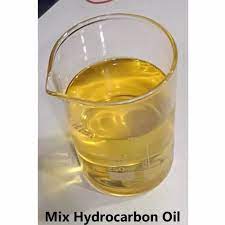- Welcome To The Jharkhand Petroleum biofuels
Industrial Oils

Base Oils

Definition: Base oils are the primary component of lubricants and industrial oils. They serve as the foundation upon which additives are blended to create specific lubricant products with targeted performance characteristics. Base oils come in various types, each with distinct properties affecting lubrication, stability, and compatibility with additives.
Environmental Contribution: Reduced friction and wear in machinery, leading to increased efficiency and lower energy consumption, resulting in fewer greenhouse gas emissions from industrial activities. Extended equipment life by protecting machinery, reducing the need for frequent replacements, which can conserve resources and minimize waste generation.
Environmental Challenges: Refining process for base oils can be energy-intensive, potentially contributing to greenhouse gas emissions themselves. Improper disposal of used lubricants can contaminate soil and water, harming ecosystems and wildlife. Some base oil types, particularly Group I, may have lower biodegradability, taking longer to break down naturally.
Light Diesel Oil (LDO)

Definition: Light Diesel Oil (LDO) is a fuel option for various applications in the industrial and agricultural sectors. It finds use in stationary engines, pumps, agricultural machinery, and industrial heating systems. LDO is derived from the distillation of crude oil and boasts a lower boiling range compared to traditional diesel fuel. It also has a lower viscosity and density, making it suitable for use in specific engines and equipment.
Environmental Contribution: Compared to traditional diesel fuel, LDO may offer slightly lower emissions due to its lower sulfur content. In some situations, LDO can be a cleaner option than using heavier fuels like coal for power generation.
Environmental Challenges: LDO is a fossil fuel, contributing to greenhouse gas emissions and climate change. Spills and leaks of LDO can contaminate soil and water, posing risks to wildlife and ecosystems.
Mineral Turpentine Oil (MTO)

Definition: Mineral Turpentine Oil (MTO) is a common solvent used in various industrial applications, including paints, varnishes, coatings, adhesives, and cleaning products. MTO is a mixture of aliphatic, aromatic, and cyclic hydrocarbons. It's a clear liquid with a characteristic odor and low boiling point, making it effective for dissolving oils, resins, waxes, and other organic compounds.
Environmental Contribution: MTO can be a biodegradable alternative to some harsher solvents, reducing long-term environmental impact as it breaks down naturally. MTO can be derived from renewable pine resources, promoting sustainability.
Environmental Challenges: MTO vapors can contribute to the formation of ground-level ozone, a harmful air pollutant. Improper handling and disposal of MTO can lead to soil and water contamination. Inhalation of MTO vapors can cause respiratory irritation and pose health risks to workers.
Mixed Hydrocarbon Oil (MHO)

Definition: Mixed Hydrocarbon Oil (MHO) is a blend of various hydrocarbons derived from petroleum or natural gas. It serves as a feedstock in the petrochemical industry for producing various chemicals, fuels, lubricants, and other products. The properties of MHO can vary widely depending on the source of the hydrocarbons and the refining processes used.
Environmental Contribution: MHO serves as a feedstock for various industrial processes, potentially leading to the creation of more environmentally friendly products, such as biofuels or some biodegradable plastics.
Environmental Challenges: Refining MHO can be energy-intensive, potentially contributing to greenhouse gas emissions. Improper handling and disposal of MHO can lead to environmental contamination, similar to other petroleum-based products.
